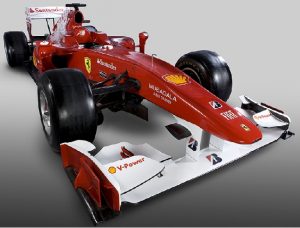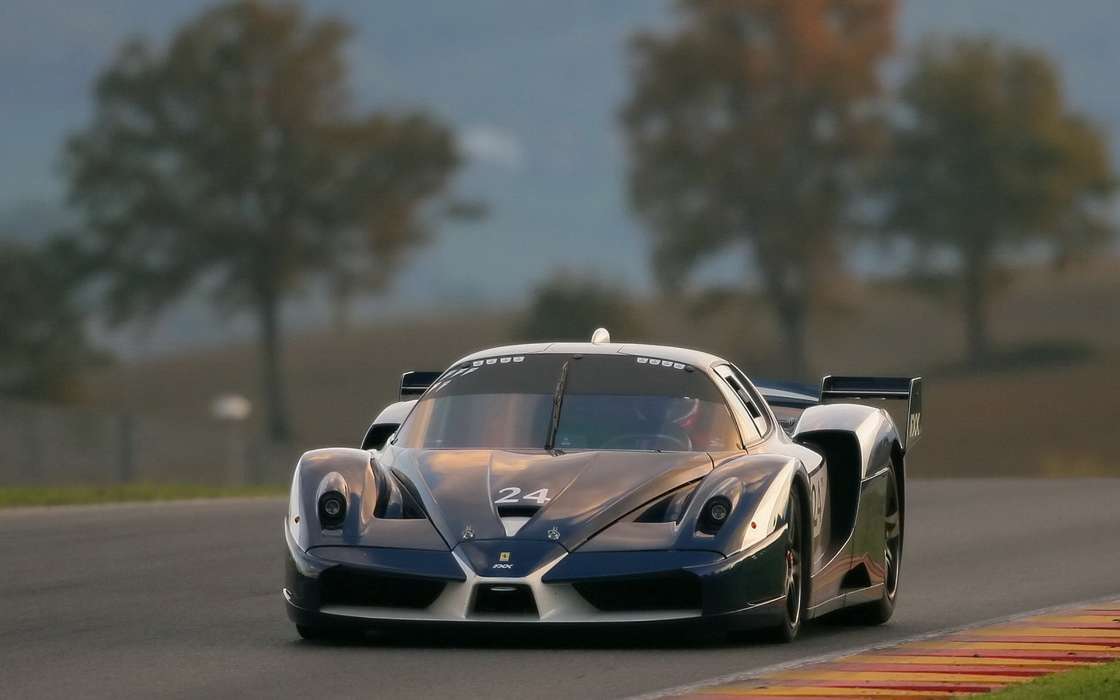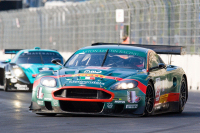“ROYAL CAR RELATIONS”
 Formula 1 – the world championship in ring car racing on cars with open wheels. Formula 1 is the most popular, expensive and high-tech type of auto racing.
Formula 1 – the world championship in ring car racing on cars with open wheels. Formula 1 is the most popular, expensive and high-tech type of auto racing.
The roots of Formula 1 are in the European Championship Grand Prix auto racing, which was held in the 1920s and 1930s. The organizations participating in the Grand Prix formulated the first regulations for holding the World Cup before World War II and planned its introduction in 1941, but until 1946 these rules were not finalized.In 1946, the FIA (International Automobile Federation) introduced the rules of the so-called “Formula 1”, which came into effect in 1947. In the same year, the organizers of the three Grand Prix held a race under the rules of the “Formula 1”. In 1948, the Formula 2 class was added to Formula 1. A more junior class Formula 3 was introduced in 1950. According to the original scheme, it was assumed that the Formula-1 class was intended solely for holding the world championship, the Formula-2 class – for holding the championship of the continent, and the Formula-3 for national championships.
In 1950, the FIA decided to record the results of individual races in the Formula 1 class in the general protocol of the World Cup. The first such Grand Prix was held on English ground at the Silverstone circuit. Until 1958, the World Cup was exclusively personal, then points were awarded to the designers of the cars (the so-called Designers’ Cup).
It is not necessary, however, to fully identify the Formula 1 class and the FIA World Championship. Often in the world there were an order of magnitude more major races (including in the highest racing class), rather than included in the world championship. Few riders chose to participate exclusively in the World Cup: they took part in a variety of races, including not necessarily on cars with open wheels. The situation completely changed in the early 1980s, when, after the “FISA-FOCA war,” the Consent Agreement was adopted. Since then, the race in the Formula 1 class is held only as part of the World Cup. The concept of the Formula 1 class itself has virtually disappeared and the Formula 1 racing series has appeared, the commercial rights to which are separated from the sports ones that are under the jurisdiction of the FIA.
The birthday of Formula 1 is considered to be 1950.
The first world championship of Formula 1 was held in 1950, it was won by Italian Giuseppe Farina at Alfa Romeo. Farina only slightly surpassed his team-mate Argentine Juan-Manuel Fangio, who in the next 7 years, became the champion of the world 5 times. Fangio was remembered by one of the greatest Formula 1 riders and for a long time was the champion in the number of champion titles.
The first technological innovation in Formula 1 was the rear-engine race cars Cooper. Prior to this, in the Grand Prix 1934–1939 race, the Auto Union team had already used Ferdinand Porsche’s rear-engine race cars, but these race cars had very complex behavior on the track, while Cooper. T43 / T51 were famous for very good handling, but a weak engine. Jack Brabham (Cooper team) won the championship titles of 1959 and 1960, and in 1961, all participants in the championship switched to the rear-engine design of cars.
Beginning in 1958, the era of English-speaking racers began in Formula 1: until 1969, the British became champions Mike Hawthorne, Graham Hill, Jimmy Clark, John Certies and Jackie Stewart, Australian Jack Brabham, New Zealander Danny Hume and American Phil Hill.
In 1962, the Lotus team (one of the leading Formula 1 teams in the 1960s and 1970s) first used monocoque in the construction of automobiles, borrowing such a design from the aviation industry. In 1968, Lotus came up with another innovation, painting its race cars with stickers from Imperial Tobacco Company. This marked the beginning of sponsorship in Formula 1.
With increasing speeds, the value of downforce increased, which forced teams to experiment in the design of rear wings and other aerodynamic elements. In the late 1970s, Lotus first applied the ground effect, which greatly increased downforce due to the rarefied air under the bottom of the car. This allowed the pilots to take turns much faster. Soon all the teams switched to using it. In 1983, the ground effect was banned by the FIA due to the fight against speed increases.
Then came the golden age of formula 1
1981 was marked by the signing of the first agreement of the agreement – a document regulating the relationship between the teams of Formula 1 and the FIA. According to the Agreement, all rights to the television broadcasts of Formula 1 races were transferred to the newly formed company, Management and Promotion of Formula 1 (FOPA) (later known as Formula One Management), whose director was Bernie Ecclestone. The same company later distributed the income from the broadcasts. Since then, Ecclestone is not without reason called the “boss of Formula 1.”



